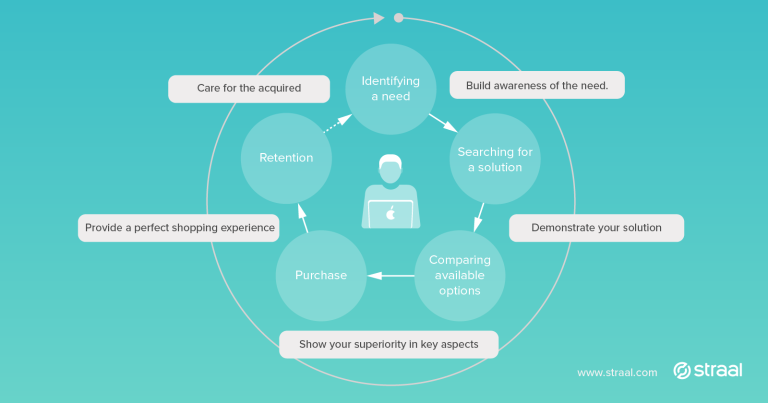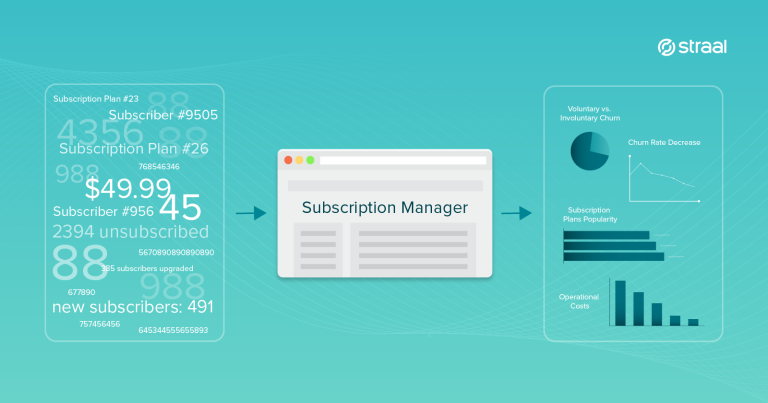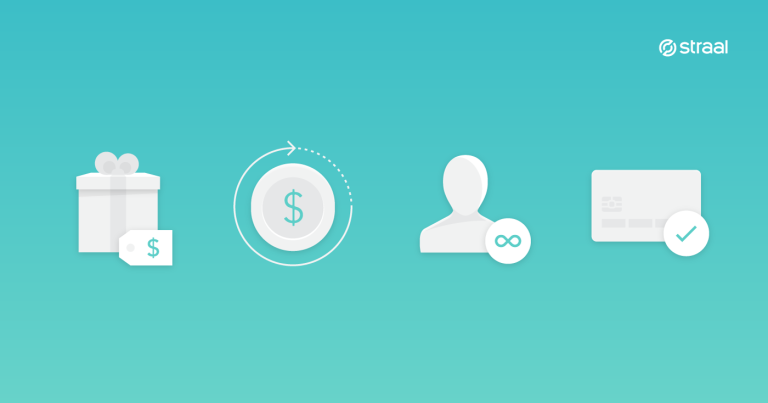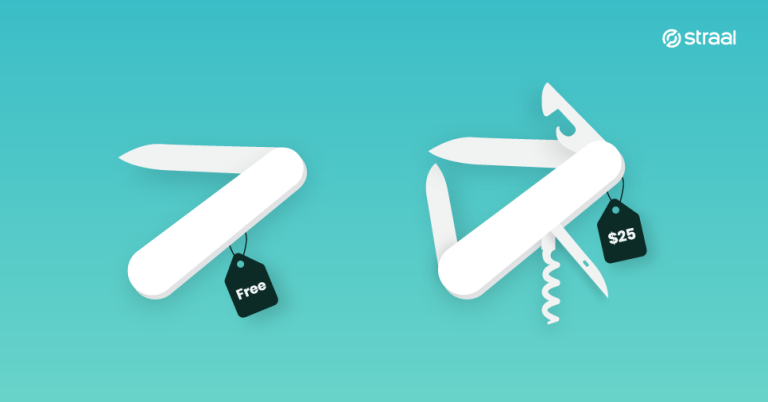2018 was without a doubt prosperous for subscription businesses. The model has matured, evolved and boldly developed in a number of new industries and markets – from long-term car rentals through remote gaming platforms, to ever more surprising and sophisticated subscription boxes, to name just a few fields. The growth will continue, accompanied and influenced by a handful of phenomena that are shaping our lifestyles, consumer habits, and the future of commerce in general. Here’s a list of 6 trends that – in my opinion – will have the greatest impact on companies operating in the subscription model; trends one cannot afford to overlook if they aim high on this promising yet ever more competitive market.
Learn more about the essentials of the subscription experience
Trend #1: Growth of tangible goods and services subscription commerce fuelled by CIoT tycoons.
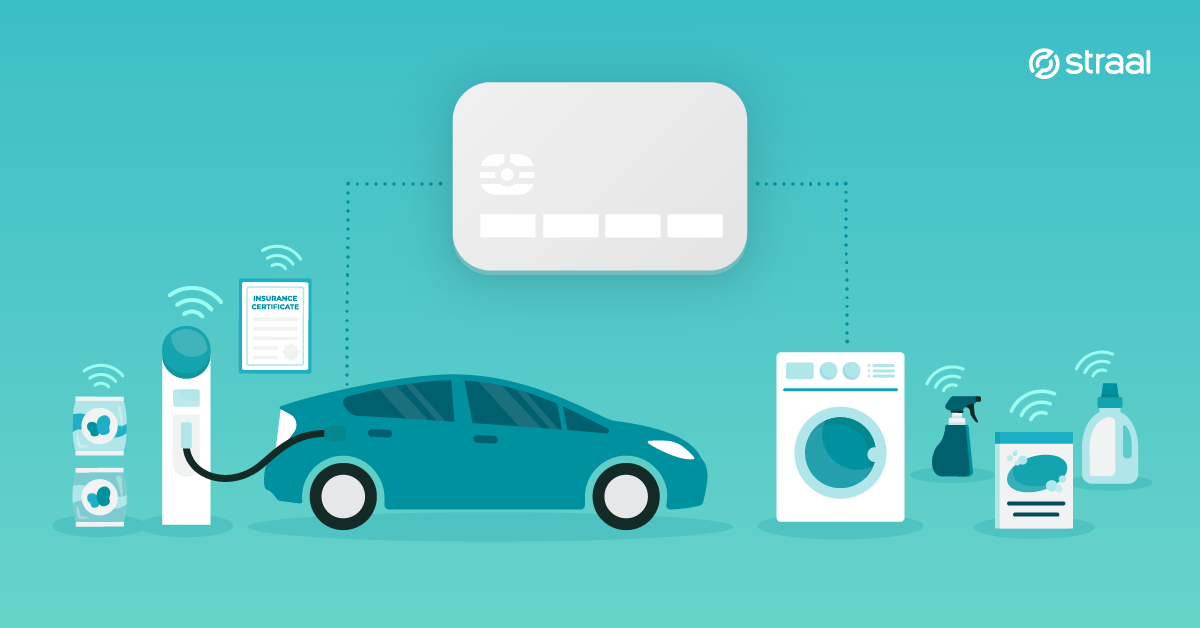
In 2018 we were witnessing a rapid proliferation of the subscription model across diverse segments of retail and this trend is expected to continue throughout 2019. It will be propelled mostly by the development of mature subscription companies, adoption of this model by global enterprises and popularisation of Consumer Internet of Things (CIoT) solutions.
Learn why you should have already migrated to the subscription model
Let’s take a closer look at the European market, until recently severely underserved research-wise. According to a recent study by ING, European households report spending a monthly average of €130 on all subscriptions in total which means that the estimated value of the EU consumer subscription market is around €350 billion. Tangible goods subscriptions already account for around €80 billion out of this impressive amount. Most Europeans, up until now, have been subscribing to durable goods rather than consumables which has led to an unprecedented expansion of companies offering diverse mobility solutions (i.e. digitally-enabled mid and long-term car rentals), leasing of consumer electronics etc. But in the face of IoT moving from a futuristic vision to our everyday lives, the subscription model appears to be the most natural and convenient way to seamless monetisation. Hence, subscription-based distribution of durables will probably stimulate subscription-based distribution of consumables linked with the former (e.g. detergents to “feed” smart washing machines, groceries to fill up smart refrigerators, coffee beans for intelligent coffee makers, windscreen washer liquid ordered by cars automatically when low, and so on). Amazon Dash was just a foretaste of what’s still to come – a smart way to get consumers ready to adopt IoT.
Speaking of Amazon, their broad commercial ecosystem now empowered by Alexa voice shopping provides a handy case study of how card-on-file payments make consumer IoT bloom. But – besides the well-justified buzz and 100 million Alexa-powered devices sold to date – Amazon is just a part of a global trend called IoT-powered subscription commerce, followed and shaped not only by GAFA (Google, Amazon, Facebook, Apple) but also by automotive tycoons and consumer electronics giants (including white goods manufacturers). According to Juniper, the IoT payments market is projected to reach $410 billion (around €360 billion) by 2023 and more than 50% of this lucrative pie will be generated by in-vehicle transactions (followed by smart speakers and TVs). However, it does not mean that there’s no room for innovative startups anymore. It clearly suggests that these will have to search for growth opportunities in niches underserved by global brands. As the largest players are focusing on mass markets, startups should consider reaching out to groups of consumers with special needs. Augmented Reality and hyper-accurate targeting supported by Big Data and AI-based analytics in conjunction with major cultural trends, like enoughism (what an irony, isn’t it?), weconomics and eco-centrism bring a plethora of possible development directions for tangible commerce newcomers.
Trend #2: Personalisation first. Say goodbye to your stiff bundles. Give your customers more control.

The subscription mindset is 100% customer-centric and thus it requires merchants to adjust their offer to the unique needs and challenges of subscribers at every stage of the lifecycle.
Every single customer needs to be perceived by your organisation – whatever its size – as a stand-alone market segment and your offer (including value proposition and pricing), as well as communication, customer support, and so on, should accompany the subscriber in his journey around the flywheel (it’s not a funnel anymore, learn more here).
In the face of what’s going on, personalisation of your subscription business shall rely on two firm pillars:
- A) adjustment to subscribers’ level of initiation (experience, history, knowledge of the product, usage of its features etc.), and
- B) flexibility, giving the user control over their subscription plan (and freedom to buy or abandon add-ons, extra seats, and so on).
One of the essential principles of subscription economy assumes superiority of customer retention over acquisition – understanding that customers do not just hoop in and jump out, but rather join a club, a team of people entitled to take part in an exciting journey that your brand promises while pushing its story through diverse marketing channels. In regard to pillar A), you need to watch your current subscribers carefully, listen to their feedback, track their behaviour and habits at many different stages of their relationship with your merchandise, and craft your offer to what could be called a compromise between what they value/are searching for and your financial goals. Just take a look at the analysis of Spotify’s pricing model. Gives food for thought, doesn’t it? You can also take a step further and implement some AI-powered customer intelligence tools.
When it comes to pillar B) your primary goal should always be to build a healthy, transparent relationship, providing your subscribers with all the necessary information about their financial obligations, rights and available options. Members of your club need to be sure that no matter what, they are free to upgrade, downgrade or quit. Otherwise, operating in the trust-based model might be truly injurious for your company as it’s happened to be for one of the US lingerie merchants featured in PYMNTS.com. Lack of transparency has already led to tightening of Mastercard’s regulations for merchants selling tangible goods in subscription model. In January 2019, the card organisation announced that they will cancel automatic billing after free trials. Will this rule be stretched over digital goods commerce?
Trend #3: Hybrid billing on the rise and new consumer habits it shapes
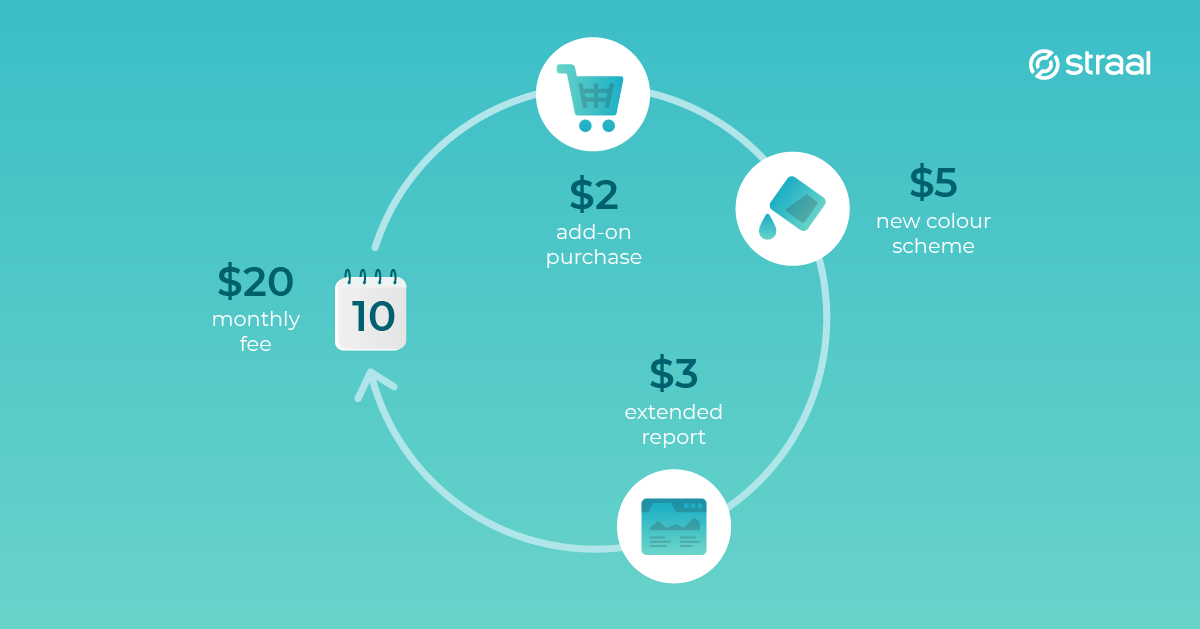
Hybrid billing model combines recurring billing with one-off transactions and is becoming ever more popular among diverse industries and verticals. It’s the simplest possible way to up-sell and cross-sell to your existing base od customers. Just as in the case of subscription model, hybrid billing was primarily adopted by software and gaming companies but today it’s rapidly growing in industries such as automotive and ICT. Car leasing plans combined with one-off service & maintenance bundles are already quite common. In one of his blog entries, ChartMogul’s Ed Shelley recalls several interesting examples hybrid billing generating additional revenue for merchants such as Birchbox, Under Armour, Stackpath and more. So, how to unlock this goldmine?
What might be quite surprising for some, card-on-file payments are the secret sauce of successful hybrid billing. When you ask your subscribers to save their card details not only for the purpose of automated recurring transactions but also to enable one-click payments, cross-selling becomes truly seamless and – if done wisely, in the spirit of the pillars from the section about personalisation and flexibility – can generate massive revenues.
Trend 4: AI-powered optimisation as a “must have”, not just “blows and whistles”
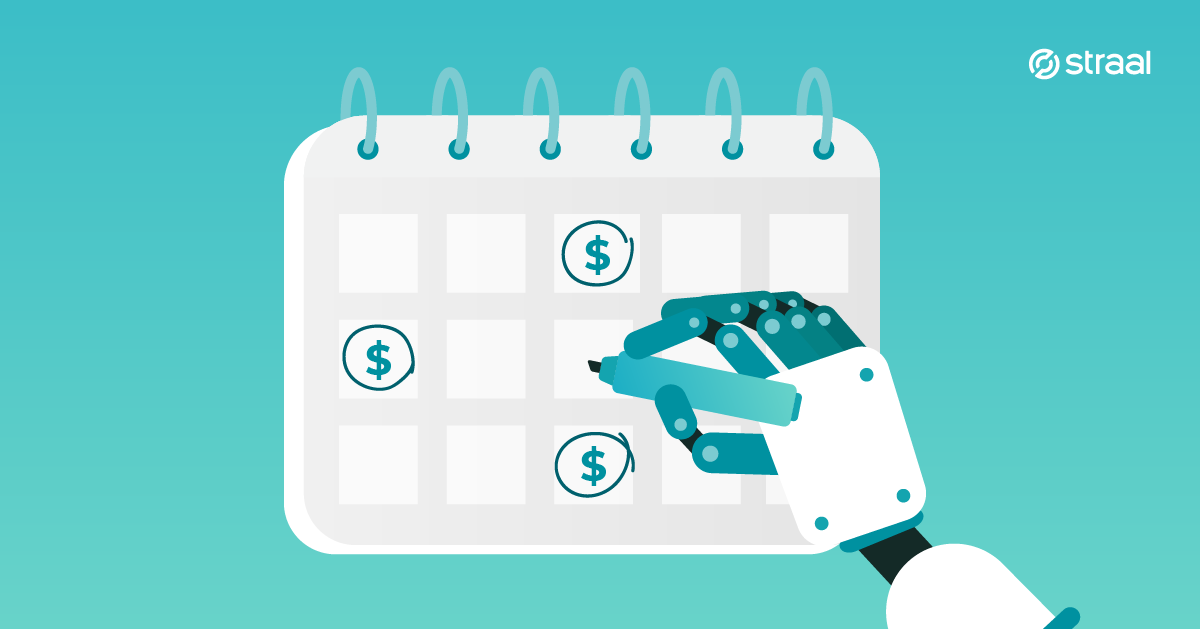
AI is not a buzzword anymore. It’s something you can and should use to take maximum advantage of the information your customers are sharing with you just by using your service/product. And there’s plenty of it. Did you know that charging your subscribers’ cards at the right moment might get you up to 30% more approved transactions? The question is, how to spot the right moment for every single subscriber to be solvent. And AI gives the answer. By analysing the ocean of data about your users’, you can train predictive models that’d issue extremely accurate recommendations regarding the most suitable charging time for every customer. Of course, not literally you. Straal, or another advanced subscription management platform can do it for you.
Trend #5: Death of “mobile first”, rise of “platform agnostic”

It’s been a couple of years already since performance measuring companies started to spread the breakthrough, ground-shaking news about mobile commerce overtaking desktop e-sales. Still need stats? According to reports, 79% of smartphone users have made a purchase online using their mobile device in the last 6 months. Almost 40% of all e-purchases during the 2018 holiday season were made on a smartphone, and so on and so forth. The formerly second screen has become the first screen (see statistics here) and any IT/ICT reseller can now tell you how high-end smartphones are replacing low-end laptops and how even basic, mid-range laptops are becoming extremely powerful (and expensive) as their role is to help people do everything they cannot do effectively on their mobile devices (shopping is not such a thing anymore). But being “mobile friendly” or thinking “mobile first” is actually an outdated cliché.
Remember the CIoT part? The development of this sector, as well as ever increasing diversity of screens (including VR and AR), browsers and interfaces, prompts the demand for platform-agnostic solutions – especially in the realm of subscriptions. Platform-agnostic means equally intuitive, convenient and effective on any device. The steps to meet this challenge are perfectly illustrated by how payment gateways are delivered to merchants. Namely, APIs are becoming the most common way. Sure, in some verticals a good old hosted checkout page still does the job but giving merchants the ability to implement checkouts wherever and however they want to presents the direction the market is heading. In 2019 we expect more and more companies reaching beyond the common set of platforms (desktop, mobile) to offer shopping experiences where no one has done it before. The mechanism of one-click will play a key role in this process.
Trend #6: Fraud. Ever more sophisticated, ever more dangerous.

The “F” word will be a threat for subscription companies as it’s been for years. It will still lead to chargebacks, frustration and tightening of regulations. To learn more about this problem, read this insightful blog entry by Straal’s Tomasz Otto.
These are the 6 subscription trends that will shape the subscription market in 2019. Should you have any further questions, don’t hesitate to contact our team!

